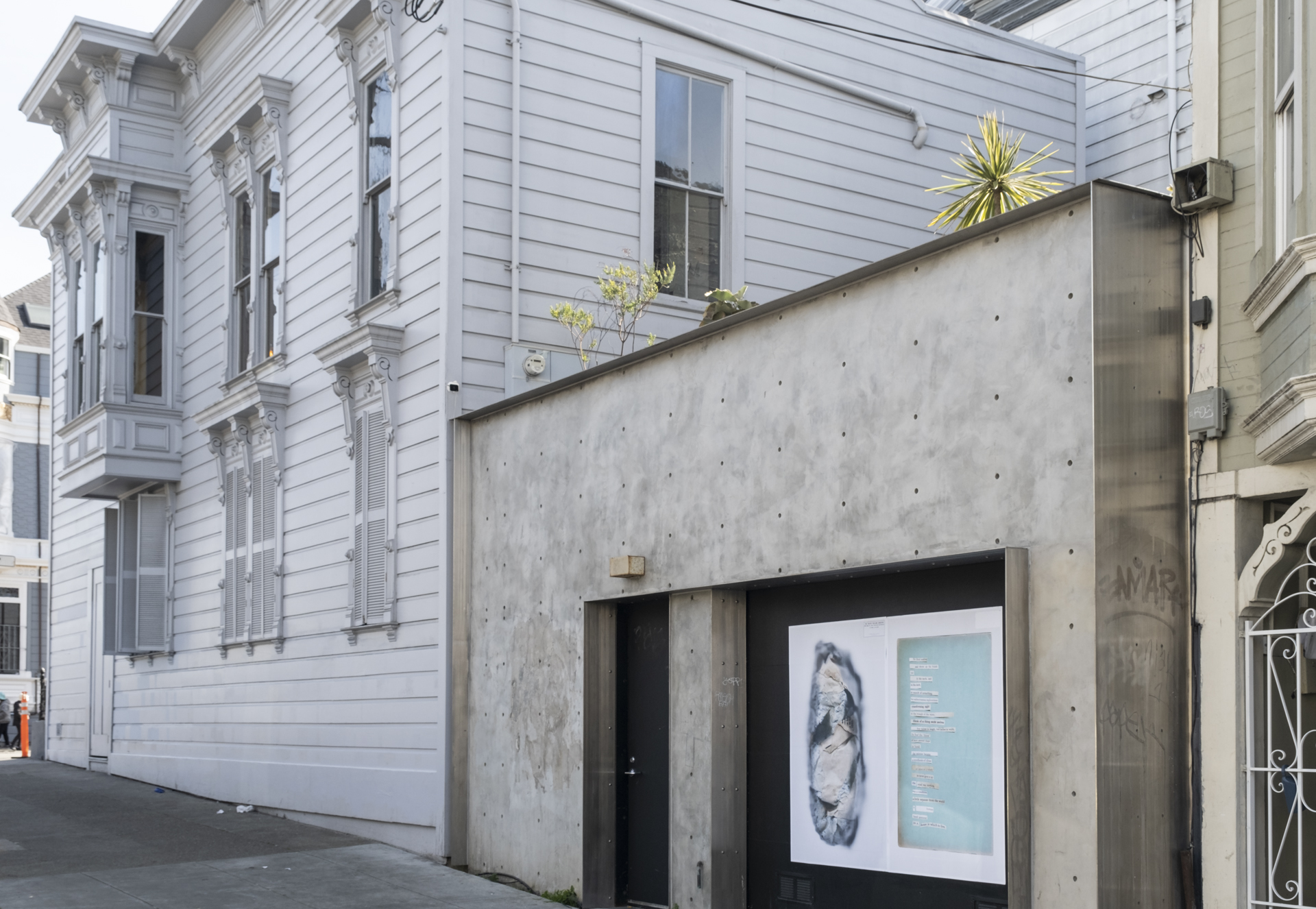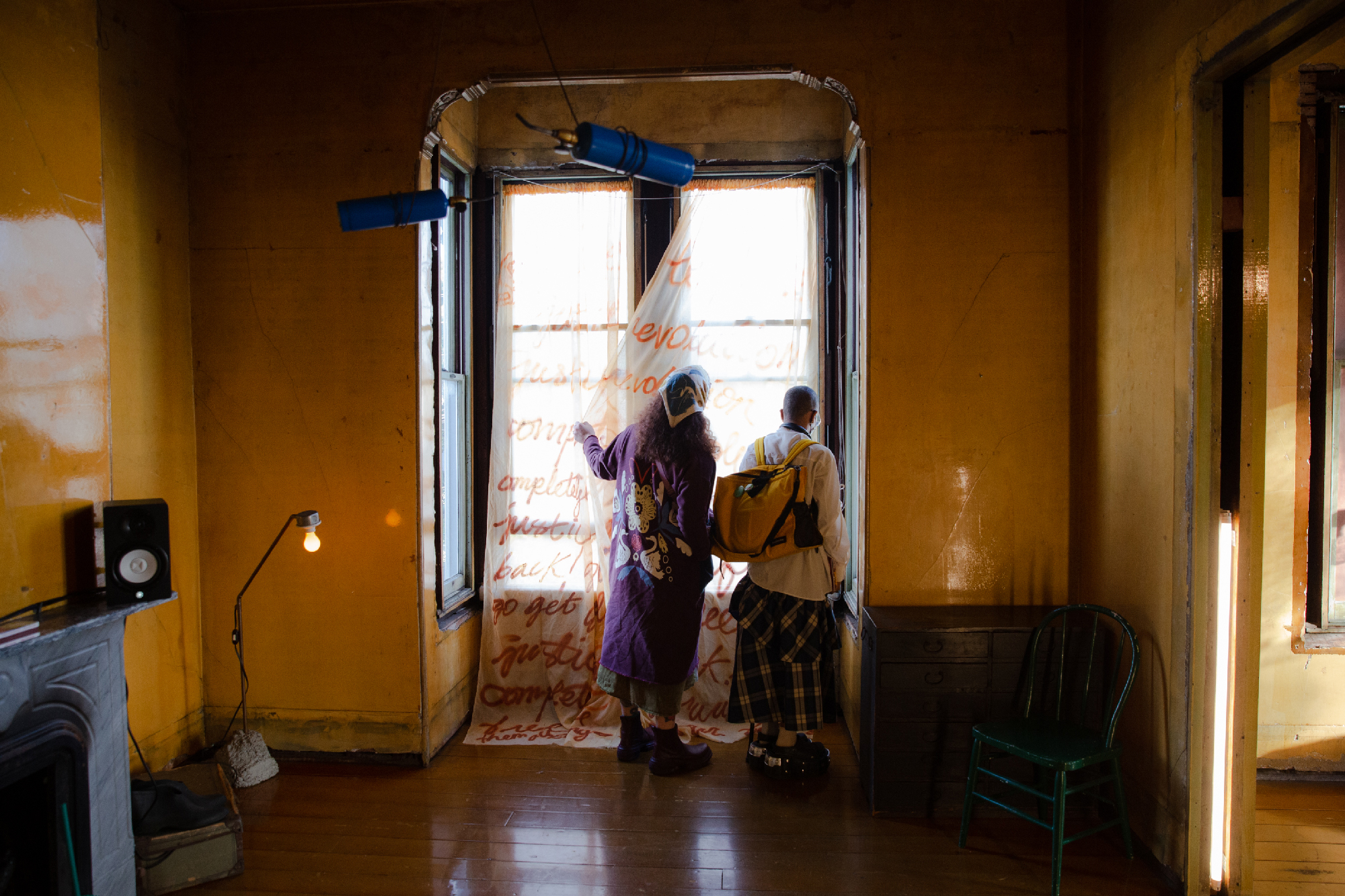Nonprofit arts space 500 Capp Street, located in David Ireland’s former Mission District home, will move forward as a collective, staff members announced on Tuesday. Under the new leadership structure — part of an effort to strive for “equity, inclusion, transparency, wellbeing, and collaboration,” according to a statement — five full-time staffers will run the nonprofit collectively, with equal pay and shared responsibility for the organization.
“We already worked collaboratively in a way, but we wanted a sense of ownership, a sense of agency on how things are run,” said Lian Ladia, who is in charge of curatorial, exhibitions and programming aspects of 500 Capp Street. “And because of the economic situation, we see executive leadership just struggling with fundraising.”




